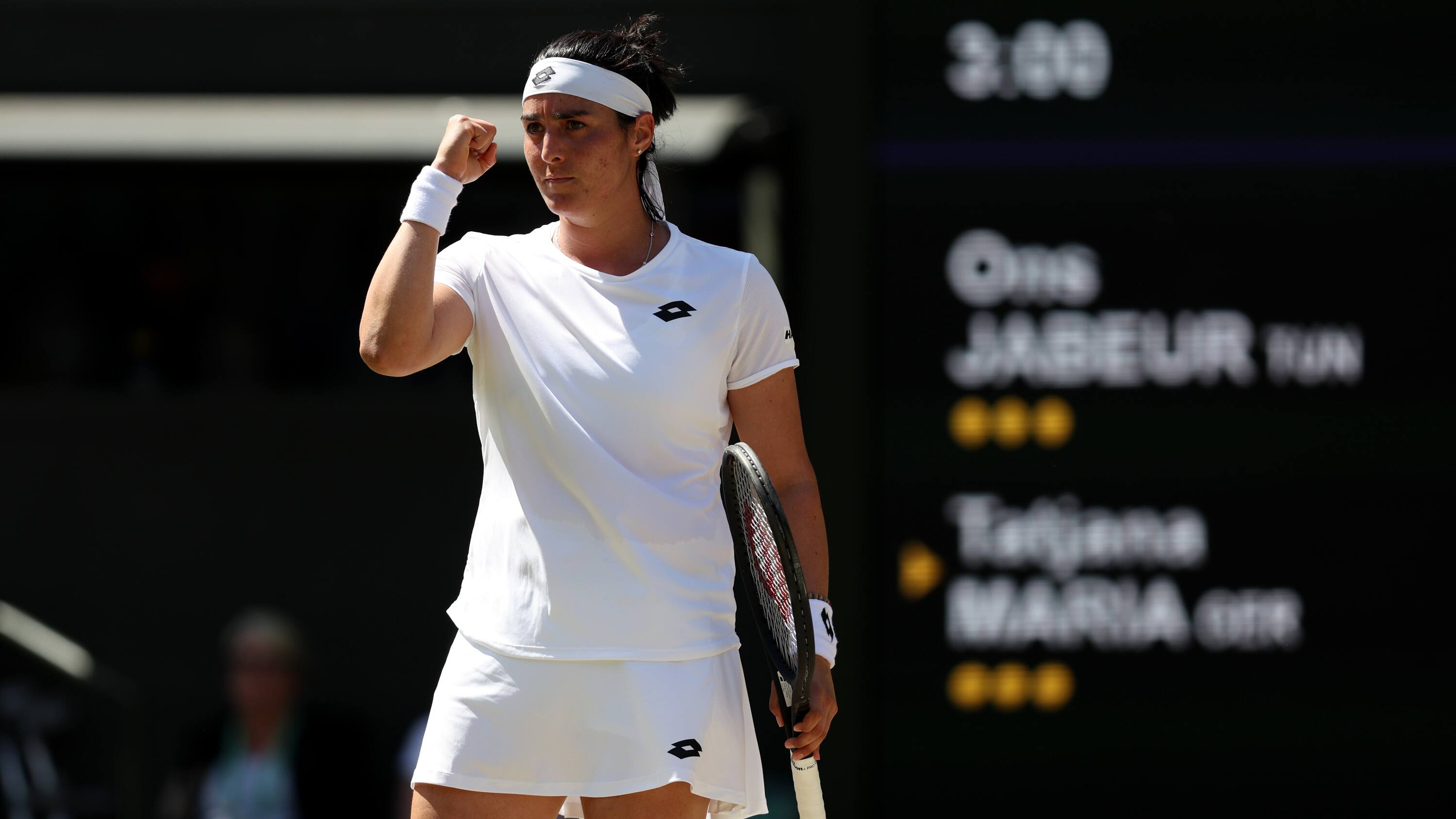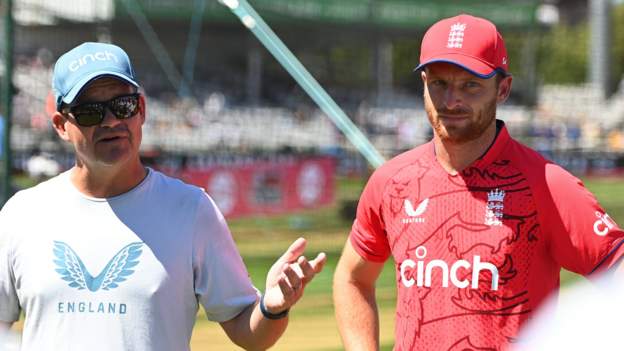Contents
Rafael Nadal withdrew from Wimbledon because of a torn abdominal muscle on Thursday, a day before he was supposed to play Nick Kyrgios in the semifinals.
It is the first time since 1931 that a man pulled out of the oldest Grand Slam tournament before a semifinal or final.
“I made my decision because I believe that I can’t win two matches under these circumstances,” Nadal said at a news conference at the All England Club. “I can’t serve. It’s not only that I can’t serve at the right speed, it’s that I can’t do the normal movement to serve.”
The 22-time major champion sighed occasionally while answering questions in English, then Spanish, for more than 20 minutes total. He twice described himself as “very sad.”
Nadal said trying to continue to compete could make the injury worse.
The only other time in his career that Nadal gave a walkover to an opponent by pulling out of a Grand Slam tournament prior to a match came at the 2016 French Open, when he withdrew before the third round because of an injured left wrist.
The 40th-ranked Kyrgios, a 27-year-old from Australia, advanced to his first title match at a major tournament and becomes the first unseeded men’s finalist at Wimbledon since Mark Philippoussis, who lost to Roger Federer in 2003.
The second-seeded Nadal, a 36-year-old from Spain, is 19-0 in Grand Slam action in 2022, including trophies at the Australian Open in January and the French Open in June. That put him halfway to a calendar-year Grand Slam for the first time in his career.
Nadal has been bothered by a stomach muscle for about a week, and the pain became nearly unbearable in the first set of his 4-hour, 21-minute victory via fifth-set tiebreaker against Taylor Fritz in the quarterfinals on Wednesday.
After that match, Nadal said he had considered stopping before it was over — and could not be certain whether he would feel well enough to play again Friday.
He wore two strips of athletic tape on his lower stomach and took a medical timeout to take painkilling pills; his father and sister motioned from the stands for him to quit.

On Thursday’s off day, Nadal went to the All England Club for a light practice session. He was signed up on the official schedule to train on one of the competition courts but did not show up there, instead opting for practice courts to which fans don’t have access.
Mostly content to hit forehands and backhands, Nadal did attempt a few serves — the part of his game that revealed the most obvious inability to play with full force and, he said, caused the most discomfort against Fritz. Those practice serves Thursday were generally tapped in, by Nadal’s standards, not with any of the body-torqueing effort he usually uses.
“I was thinking during the whole day about the decision to make,” Nadal said.
He tried a new treatment after leaving Paris, and that worked well enough, Nadal said, to allow him to walk without limping.
His level of play through five matches on Wimbledon’s grass was such that he thought he had a chance to win a third title at the tournament, after those in 2008 and 2010.
The injury changed things, of course.
“I don’t want to go out there, not be competitive enough to play at the level that I need to play to achieve my goal,” he said.
Nadal said he thought he might be sidelined for about a month or so. The year’s last Grand Slam tournament, the U.S. Open, starts Aug. 29.
Jabeur makes history
Ons Jabeur’s steady progress from year to year — up the tennis rankings, through the draws of various tournaments and, now, at Wimbledon — has carried her to a Grand Slam singles final, the first African or Arab woman to make it that far in the professional era.
The No. 3-seeded Jabeur, a 27-year-old from Tunisia, got past her good friend Tatjana Maria 6-2, 3-6, 6-1 in an up-and-down semifinal at a sun-splashed Centre Court on Thursday.
On Saturday, Jabeur will face another player making her major final debut, No. 17 seed Elena Rybakina of Kazakhstan, for the championship. Rybakina overwhelmed 2019 Wimbledon champion Simona Halep of Romania 6-3, 6-3 in the second semifinal.
After a surprising first-round loss at the French Open in May, Jabeur is on quite a run right now: She has won 11 consecutive matches, all on grass courts, and 22 of her past 24. Since pro players were first admitted to major tennis tournaments in 1968, never had an African or Arab woman been to a final.
WATCH l Jabeur advances to Wimbledon final:
Ons Jabeur became the first Tunisian, first Arab and first African woman to reach a Grand Slam final in the Open Era after defeating Germany’s Tatjana Maria 6-2, 3-6, 6-1 in the Wimbledon semifinals.
“I’m a proud Tunisian woman standing here today. I know in Tunisia, they’re going crazy right now. I just try to inspire, really, as much as I can,” she said. “I want to see more and more — not just Tunisian — Arab, African players on tour. I just love the game and I want to share this experience with them.”
‘It’s a dream coming true’
Jabeur has been rising in the tennis world in recent seasons. In 2020, at the Australian Open, she became the first Arab woman to reach the quarter-finals at a major. Last year produced all sorts of milestones: first Arab player to break into the top 10 of the men’s or women’s rankings, first Arab to win a WTA title and a quarter-final appearance at Wimbledon.
Now she’s done that two steps better.
“I really don’t know what to say. It’s a dream coming true from years and years of work and sacrifice. I’m really happy it’s paying off,” Jabeur said through a wide smile. “One more match now.”
“I am a proud Tunisian woman standing here right now”<a href=”https://twitter.com/Ons_Jabeur?ref_src=twsrc%5Etfw”>@Ons_Jabeur</a> is an inspiration 🤩<a href=”https://twitter.com/hashtag/Wimbledon?src=hash&ref_src=twsrc%5Etfw”>#Wimbledon</a> | <a href=”https://twitter.com/hashtag/CentreCourt100?src=hash&ref_src=twsrc%5Etfw”>#CentreCourt100</a> <a href=”https://t.co/GGo4K5dKgM”>pic.twitter.com/GGo4K5dKgM</a>
—@Wimbledon
When she closed out the biggest victory of her career, she and Maria — a 34-year-old mother of two from Germany who is ranked 103th — met at the net for an extended hug. Jabeur whispered something in her pal’s ear. Then, after depositing her racket on the sideline, Jabeur returned to the middle of the court for the usual victor’s wave to the crowd — except, instead of going alone, she playfully tugged Maria along with her, an uncommon gesture.
“I definitely wanted to share the moment with her at the end, because she’s such an inspiration for so many players, including me,” Jabeur said. “Coming back after having two babies — I still can’t believe how she did it.”
Rybakina, never beyond a major quarter-final until now, leads the tour in aces this year and added five to her total Thursday.
More surprising was the way Halep never got going, especially on her serve, double-faulting nine times.
WATCH l Rybakina punches ticket to Wimbledon final:
Elena Rybakina defeated 2019 Wimbledon champion, Simona Halep by a score of 6-3,6-3 in the Wimbledon semifinals, to become Kazakhstan’s most successful women’s tennis player in history.
Halep had won her past 12 matches at the All England Club, a streak that began with her title run three years ago. Wimbledon was cancelled in 2020 because of the coronavirus pandemic, and Halep was unable to compete a year ago because she tore her left calf muscle.
Before their semifinal, Jabeur and Maria stood beside each other, waiting to take the walk through the halls of the stadium that lead to the court. Close as they are, the pair avoided exchanged any glances or chatter.
Close friends, yes. On this day, opponents, too, with quite the setting, stage and stakes.
After such a strong first set, Jabeur was far less effective in the second. Perhaps it hit her just how close she was to getting to the final.
Suddenly, mistakes began accruing rapidly. Her serving was less self-assured. Maria took full advantage. And then, just as suddenly, Jabeur switched back to her best self, pulling out to a 5-0 edge in the third in 20 minutes.
After 17 unforced errors in the second set, Jabeur made a remarkably low total of three the rest of the way. Maria simply could not keep up.


.jpg?crop=1.777xh:h;*,*&downsize=510px:*510w)


